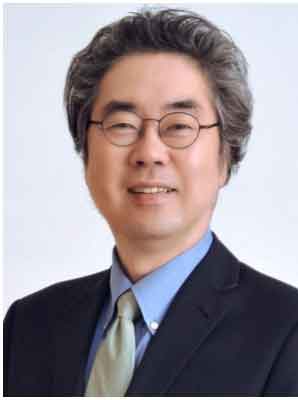Researchers at Seoul National University Hospital (SNUH) have found that cancer cells in the tumor secrete certain substances to change the distribution of immune cells to make a cancerous environment.

Lung cancer is a tumor with a high prevalence and poor prognosis. Recent immunotherapy has increased the survival of patients with lung cancer, and cancer immunity research is actively underway. As the interaction of cancer cells and immune cells in the tumor affects the survival of the tumor, it is essential to understand tumor microenvironment to develop such immunotherapies.
The team, led by Professor Chung Doo-hyun of the department of pathology at the hospital, analyzed cancerous microenvironment using cancer tissue from 80 non-small cell lung cancer patients at SNUH.
It found lung cancer cells secrete interleukin-23 and induce changes in the subpopulation of congenital lymphocyte cells, which in turn, secrete interleukin-17 and promote tumor growth.
Although a relatively recent discovery has confirmed that congenital lymphocyte cells are immune cells with no antigen specificity, their role in tumors has not been established.
Professor Chung discovered that interleukin-23, secreted by cancer cells from non-small cell lung cancer, changed the subtype 1 of the congenital lymphocyte cells in the tumor to subtype 3 and that interleukin-17 secreted from the increased subtype 3 promoted the growth of lung cancer cells.
In addition to in vitro studies using cancer tissues in patients, the team also confirmed the same phenomenon in mouse tumor models, which proved that the mechanism occurs. Therefore, the axes of interleukin-23, congenital lymphocyte subtype 3, and interleukin-17 in lung cancer act as a new survival strategy mechanism of tumors.
“The study revealed how the interaction between cancer cells and immune cells affects the growth of lung cancer,” Professor Chung said. “The research provides a new direction for the treatment of lung cancer patients.”
The study was published online in the international journal Clinical Cancer Research

